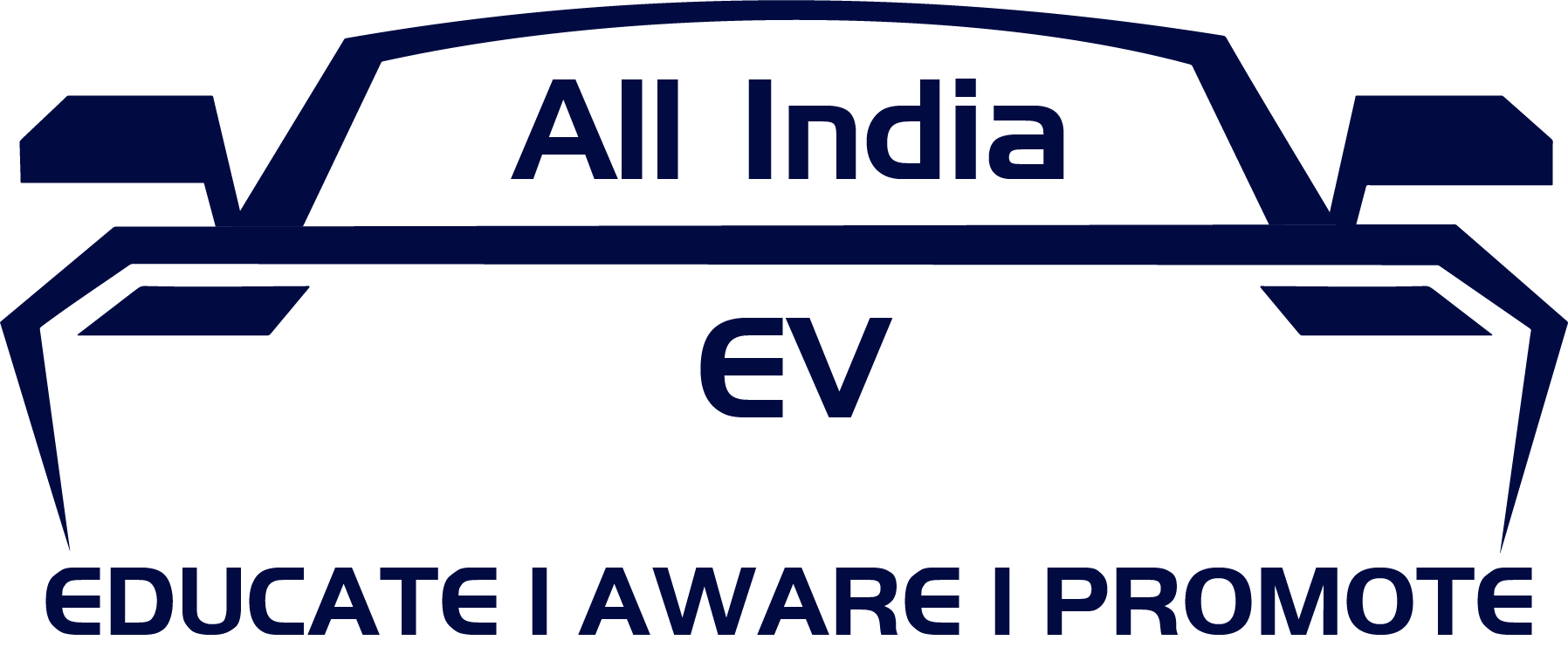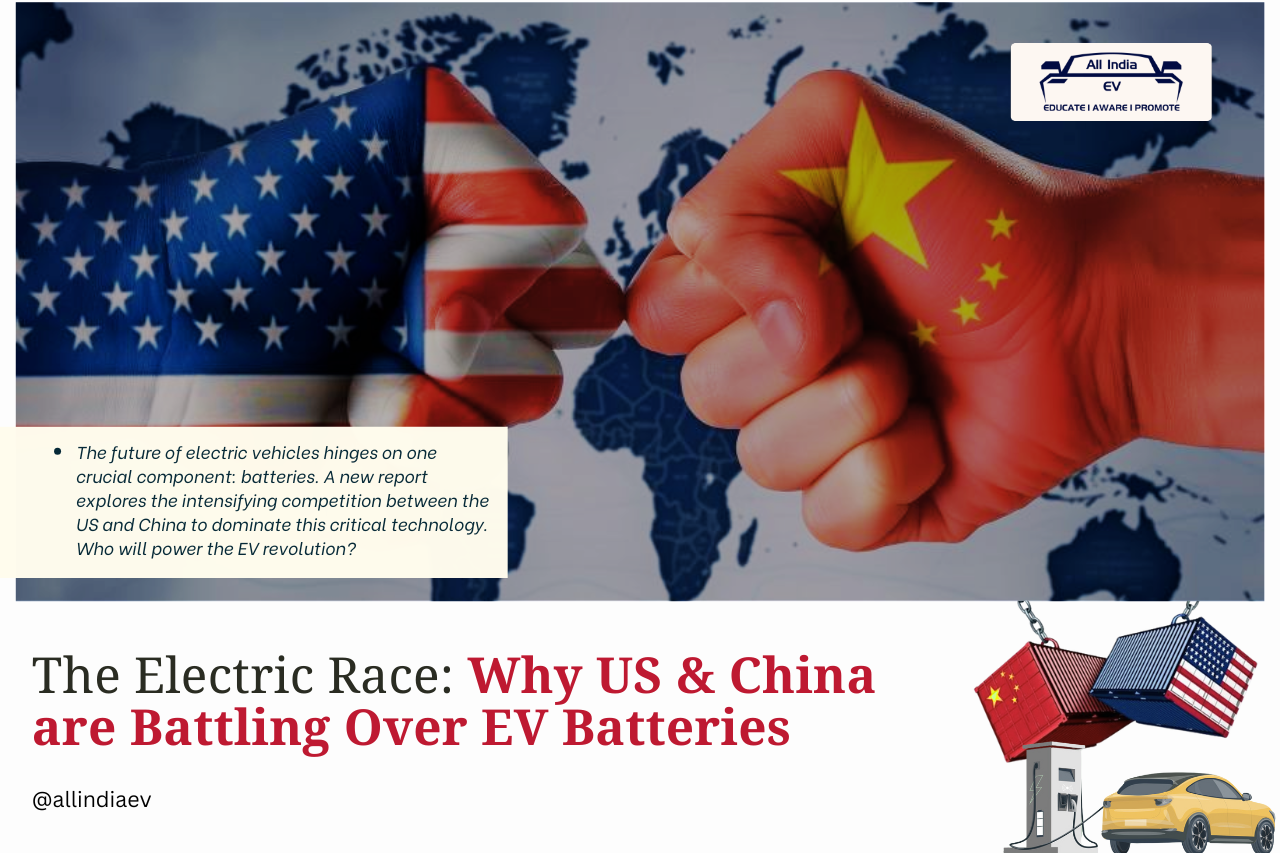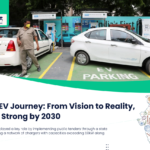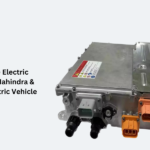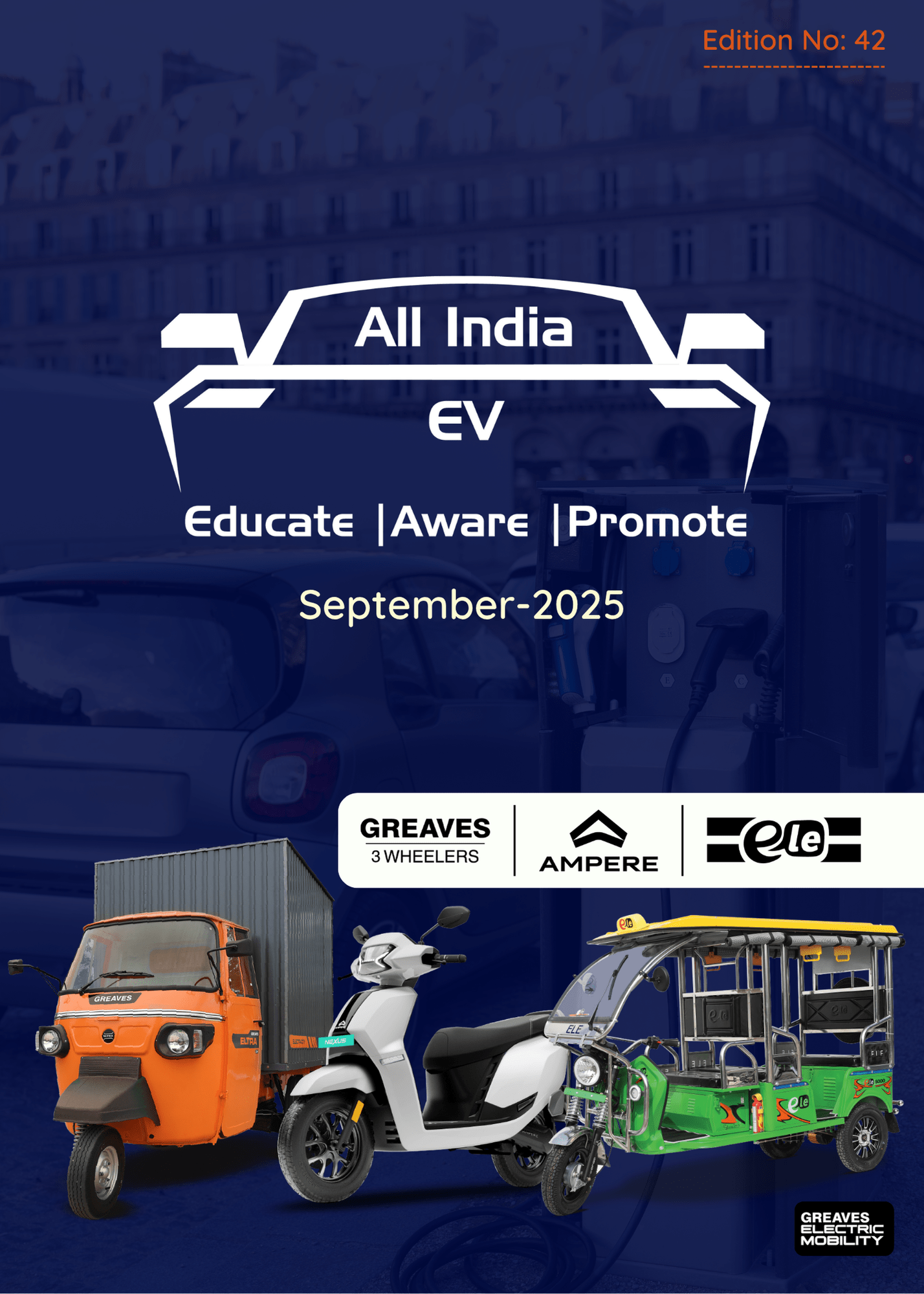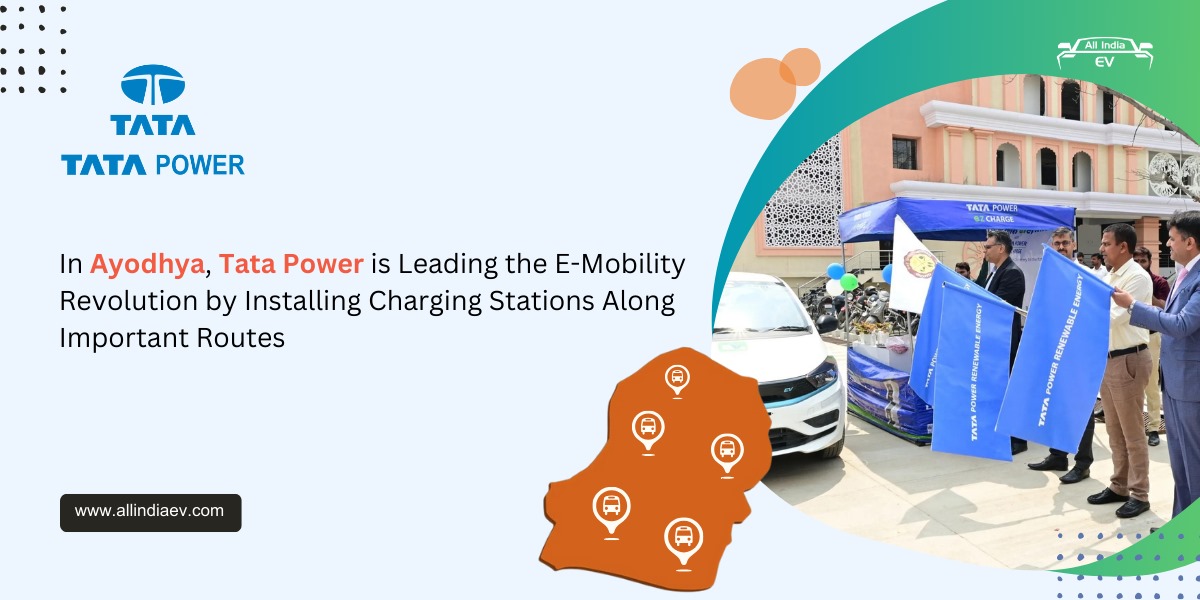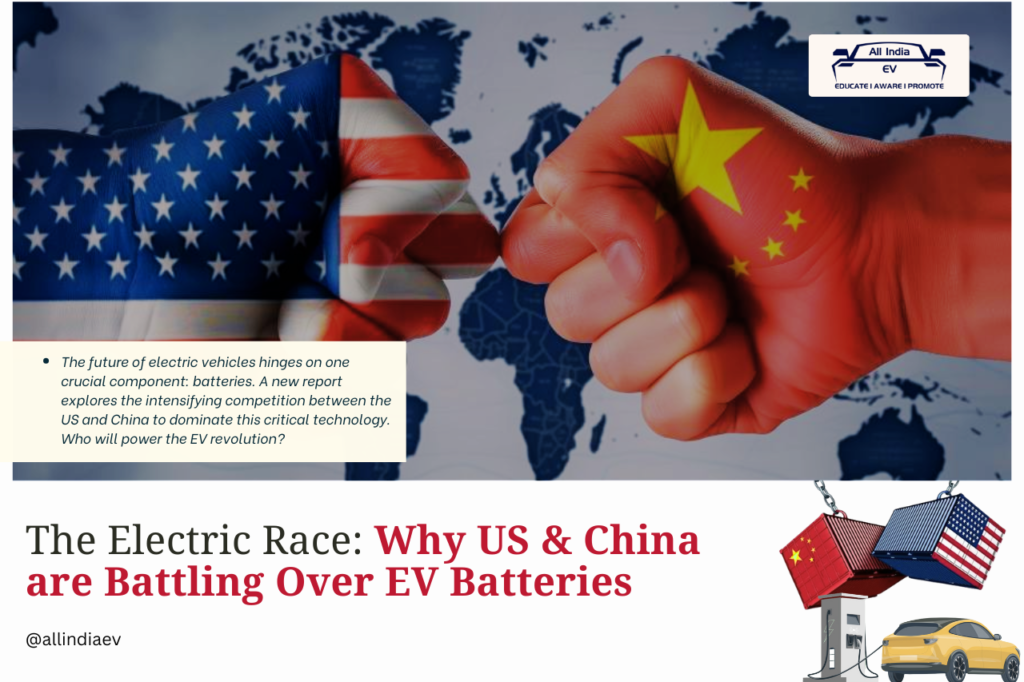
The Great Electric Race: China & U.S. Compete for EV Future as GM & LG Develop 300+ LMR Cells to Lead in Battery Tech Innovation
In the fast-evolving world of electric vehicles (EVs), a high-stakes race is underway — not on roads, but in research labs and manufacturing plants. The United States and China are locked in a fierce competition over one of the most critical components of EVs: the battery.
While lithium-ion batteries were originally developed in the U.S., China has since taken a commanding lead in battery production and innovation. Today, more than 50% of all new car sales in China are electric or plug-in hybrid, supported by rapid advancements in battery technology— including revolutionary “flash charging” batteries that promise to deliver up to 400 kilometers of range in just five minutes.
At the Shanghai Auto Show earlier this year, Chinese automaker BYD — now the world’s largest EV maker by sales — showcased an array of futuristic technologies. From cars that double as watercraft to vehicles with attachable drones, the spotlight remained firmly on their high-performance batteries and rapid charging capabilities.
“This isn’t a concept — it’s already working on the ground,” said a BYD engineer at the event. “You’ll soon charge your car faster than your phone.”
America’s Catch-Up Game: Innovation Under Pressure
In contrast, the United States is still trying to regain its footing. While American EV makers like Tesla and General Motors (GM) remain influential, they’ve yet to unveil a battery that can match China’s five-minute charging benchmark.
Nevertheless, U.S. battery labs aren’t idle. GM recently announced a next-generation “lithium manganese-rich” (LMR) battery designed to offer long range at lower cost, reducing dependence on expensive and geopolitically sensitive materials like nickel and cobalt.
The new LMR batteries, set to enter production by 2028, promise the same energy density as premium batteries but at a fraction of the cost. GM’s team, including battery engineers and scientists working in Detroit, liken the development process to perfecting a new recipe — one where chemistry, manufacturing efficiency, and scalability must align.
“It’s about how you mix the materials and process them — like baking a cake at scale,” said GM battery expert Andy Oury.
India Watches Closely: What This Means for the Subcontinent
For India, a nation ramping up its EV adoption and battery localization efforts, the U.S.-China rivalry offers both a cautionary tale and an opportunity.
China’s dominance in EV battery supply chains — from raw material processing to final assembly — has left much of the world dependent on its exports. At the same time, the U.S. is proving that innovation, strategic partnerships, and localized production can carve a path forward.
India’s own EV mission, led by schemes like FAME II and Production Linked Incentives (PLI) for battery storage, can benefit from studying both models. Partnerships with global battery players, as well as strategic investments in alternative chemistries like sodium-ion or solid-state batteries, could help India leapfrog into the next phase of battery innovation.
Beyond Competition: The Case for Global Collaboration
Despite political tensions, there are signs of cooperation. Ford, for example, is licensing battery technology from China’s CATL for use in U.S.-made vehicles. Industry veterans suggest that as battery technologies mature, cross-border collaboration will become inevitable — driven more by commercial viability than geopolitical rivalry.
“There’s intense competition, but there’s also room for strategic partnerships,” said Kurt Kelty, GM’s VP of battery innovation. “This is about building the future of mobility, and no one country can do it alone.”
Looking Ahead: The Next Leap
As China eyes global expansion, bringing its EVs and battery innovations to Latin America, Europe, and Southeast Asia, the U.S. is betting on in-house R&D and more cost-effective, scalable battery recipes to reclaim leadership.
Meanwhile, Indian stakeholders — from policymakers to startups — have a front-row seat in this global power play. The lesson? Innovation, speed, and self-reliance will define the winners of tomorrow’s electric age.
